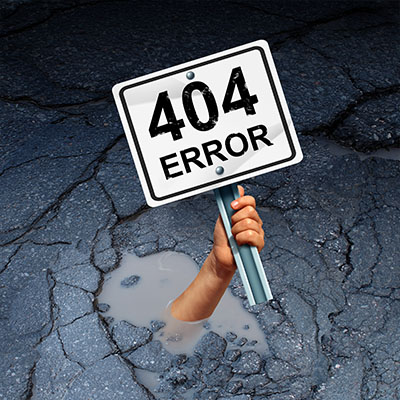Catastrophic Failures Can Ruin a Business’ Momentum
 Businesses these days rely on technology to keep themselves running, and without it, their ability to function can be compromised. Whether it’s a natural disaster or a cyberattack against your organization, you need to be prepared for catastrophic failure. What does this type of failure look like and how can you prepare for it?
Businesses these days rely on technology to keep themselves running, and without it, their ability to function can be compromised. Whether it’s a natural disaster or a cyberattack against your organization, you need to be prepared for catastrophic failure. What does this type of failure look like and how can you prepare for it?
[READ MORE]
What Does a Catastrophic Failure Entail?
We warehouse much of our lives in the digital space, and the same goes for businesses and organizations. Whether we like it or not, your business depends on its technology working as intended, and if it stops working like this, then you can bet your organization will feel the effects. Whether it’s for productivity systems, data storage, communications, collaboration, customer interaction, or administrative management, all parts of your business rely on technology to an extent, and without it, your operations could be in jeopardy.
While it’s possible to mitigate much of the potential downtime, the prospect of your organization’s operations crumbling is still intimidating to say the least. We aren’t talking about simple threats that temporarily disable your organization’s ability to function properly; we’re talking about a full-blown catastrophe, the kind that puts your company’s future on the line. Failure is part of using technology, and if your IT infrastructure is not ready to embrace it, then you have some work to do to prepare.
A catastrophic failure of your IT systems means that your systems are not working and are inaccessible to your staff. They have been taken offline by some event, despite your preparation and mitigation efforts. For situations when your organization encounters housing failure, like with a major weather disaster, power surge, or other destruction of internal infrastructure, you can use the following steps to mitigate some of the challenges:
- Deploying two separate sources of power
- Deploying uninterruptible power supplies
- Choosing vendors with high availability systems in place
- Undertaking routine building maintenance
These are simple, common-sense practices that can benefit your business even if you never encounter such a failure. However, if you do aim to virtualize your entire computing infrastructure, know that certain other variables like electricity and bandwidth will still be required to keep your business operational. The plus side to cloud computing solutions is that they allow your team to function remotely in just about any scenario where your office is rendered inoperable.
Aside from hardware, there is also the human side of catastrophic failure brought about by the actions of others. Situations like a hacking attack, malware, and user error can all create problems for your organization and bring with them major challenges. This is why we recommend that you take time now to prepare for such cases so that they do not catch you unawares later down the road. Even simple practices like adjusting your password policy or implementing multi-factor authentication could make a world of difference from a business continuity standpoint.
The part of your business that might be most at risk is your data. Several incidents could put your data at risk, such as software or hardware failure, interception while in transit, and others. If your business cannot access its data, then it cannot run, period; and such a catastrophe could lead to your company’s failure.
COMPANYNAME strives to ensure your business doesn’t suffer from these types of disasters. If you want to learn how you can take more effective steps to prevent catastrophe for your organization, reach out to us at PHONENUMBER.






